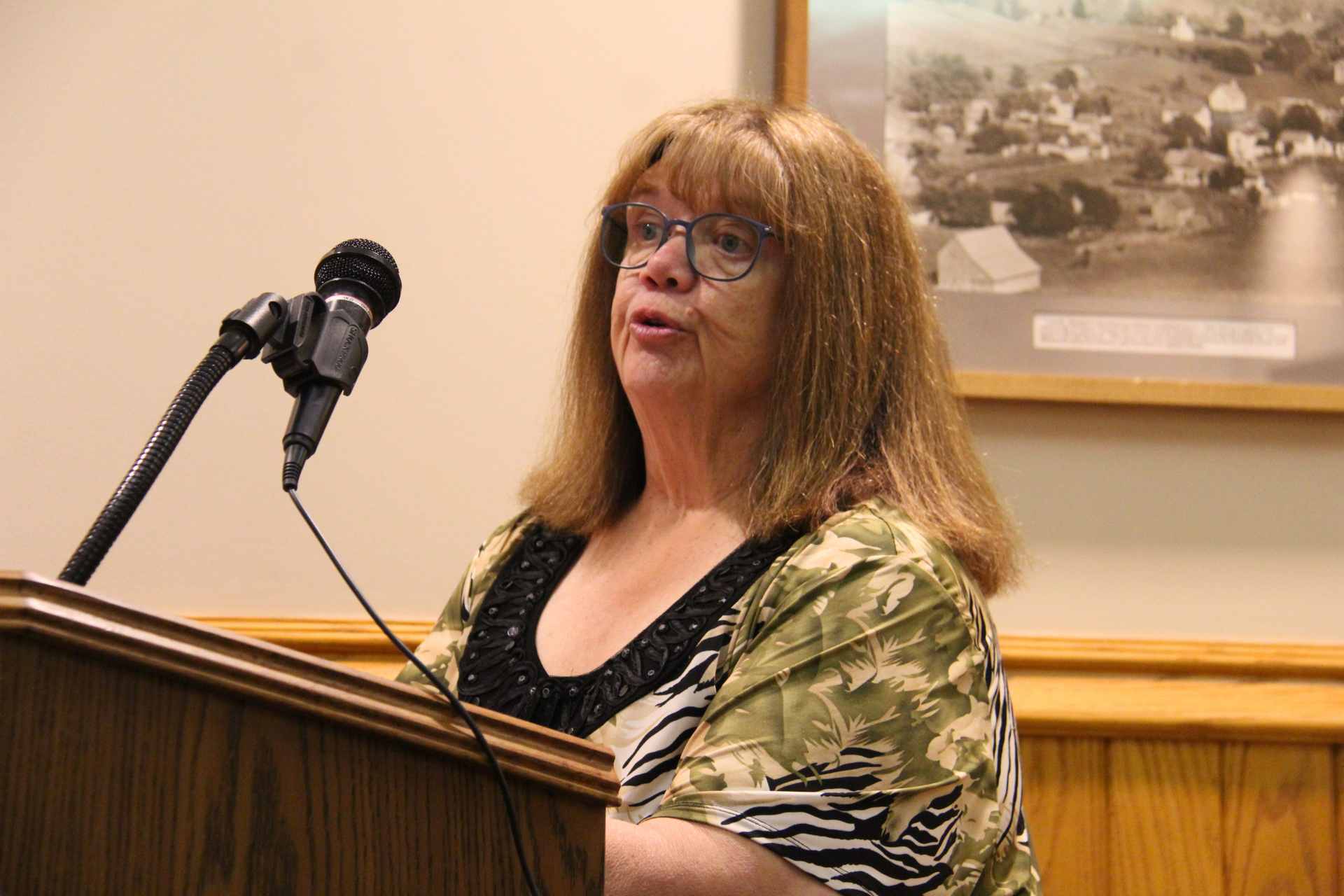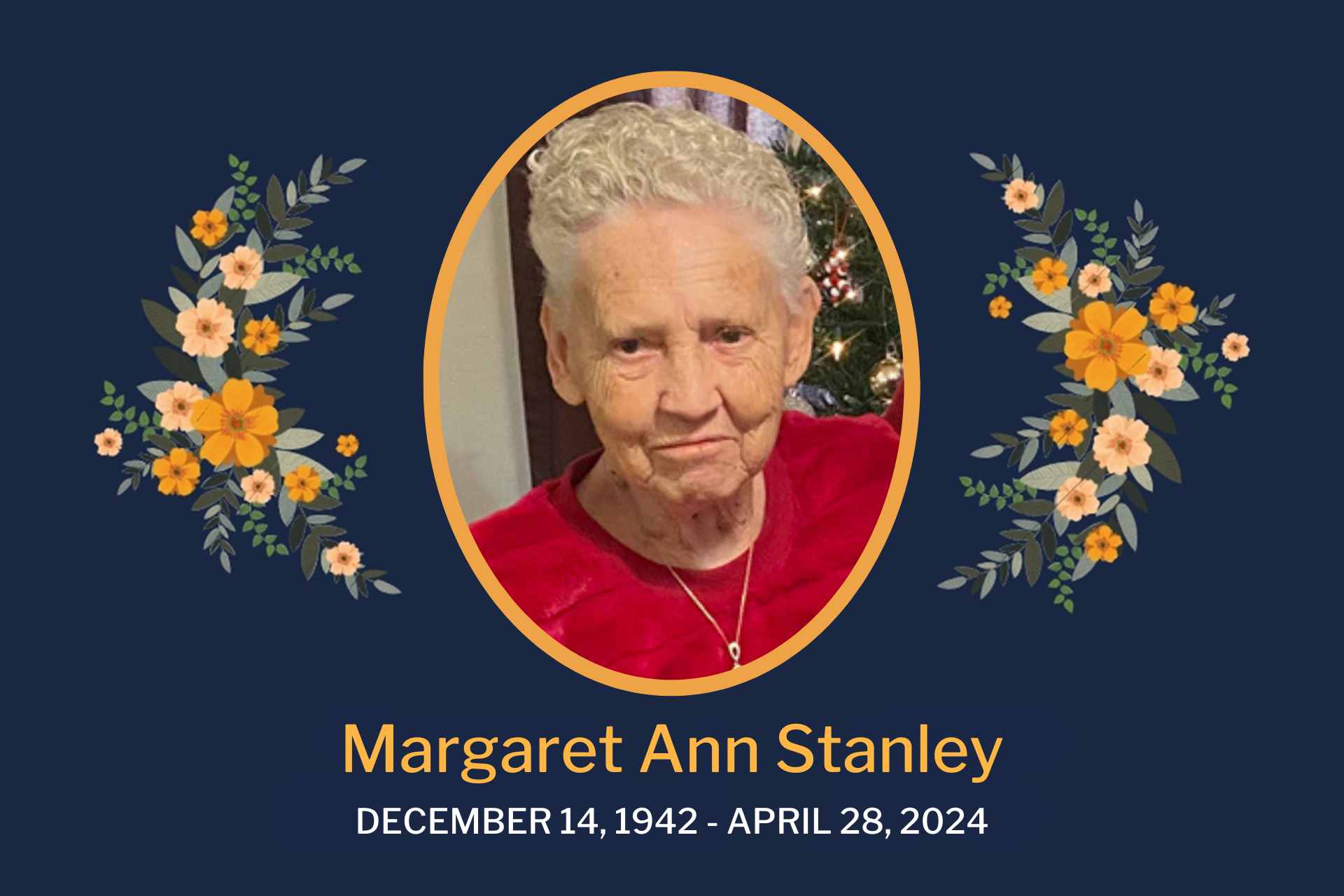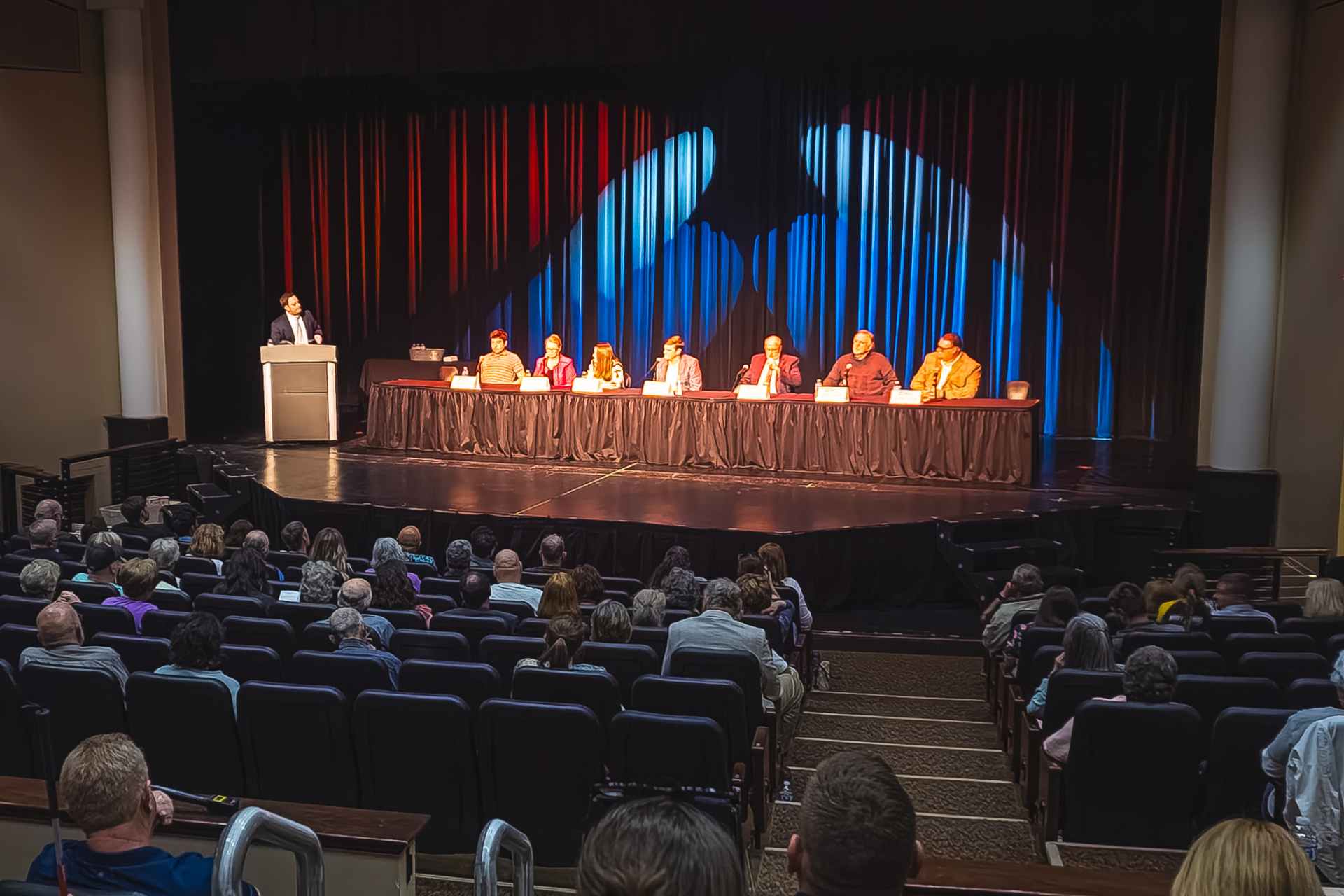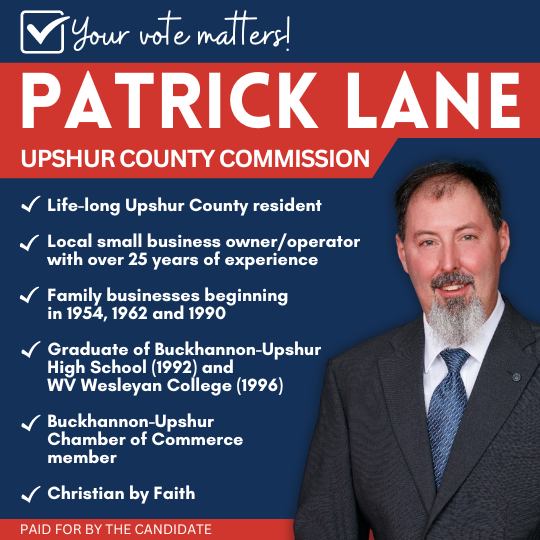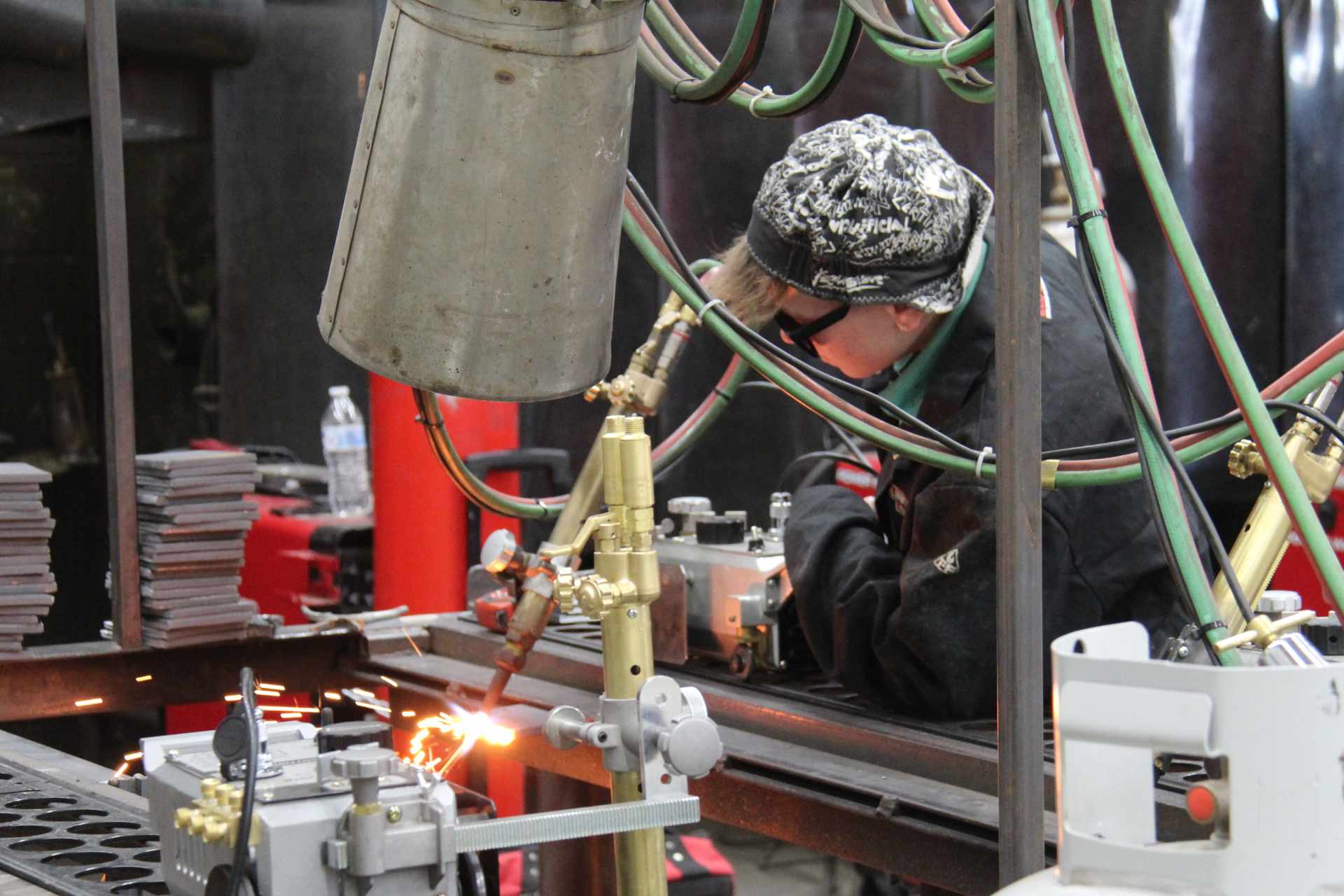Editor’s note: This story was originally published by Mountain State Spotlight. Get stories like this delivered to your email inbox once a week; sign up for the free newsletter at mountainstatespotlight.org/newsletter
By P.R. Lockhart, Mountain State Spotlight
Greenbrier County employee Mary Ingles doesn’t have many complaints about her insurance coverage; it’s helped her through a pregnancy and allowed her family to take care of most of their medical needs. But right now her biggest problem is the cost.
“You pay [so much] a month to get coverage that isn’t as good as it is for people who get it for free,” she said, noting that her current insurance isn’t as comprehensive as Medicaid, which she had a few years ago during a brief stint in the private sector. “And that is a bummer to know that you work and pay and you’re getting less.”
As a specialist for the county permitting office, Ingles pays for her family’s coverage through the Public Employees Insurance Agency, or PEIA. The agency provides insurance for more than 200,000 public employees across West Virginia, including some 30,000 employees working for local governments and other non-state groups.
Earlier this year, costs for the insurance went up significantly, the result of changes made by the state Legislature to “fix” the agency after years of financial struggles and a looming $376 million shortfall. As a result, premiums rose for all PEIA members around the state, from teachers to correctional officers to municipal and county employees.
But those costs weren’t shared evenly. While state employees received a raise from the state Legislature to offset the premium increase, local and non-state employees weren’t eligible for the same support.
And as the PEIA Finance Board considers yet another premium increase for next year — along with other changes to spousal coverage that could add at least $1,700 to local employees’ annual insurance costs — the hike could strain the wallets of both county employees and the budgets of the local agencies that employ them. At a time of increased expenses and comparatively stagnant revenues, county leaders say they can only handle so much before they have to make difficult decisions.
“We recognize that we will have to pay at some point,” said Greenbrier County Commissioner Tammy Tincher. “But it is very hard for counties to have to be able to include [significant premium increases] if it is every year, or however long it takes until we are at a point where PEIA is fixed.”
As premiums rise, counties face tightening budgets
PEIA provides insurance for multiple groups. Active employees generally fall into one of two groups: the state fund, which manages insurance for people employed by state agencies, state colleges and universities, and county boards of education, and the “non-state” fund, which is primarily for county and municipal governments that opt to use PEIA to provide coverage to employees.
While the insurance coverage provided is the same, the funds are totally separate, meaning that employees can face different insurance costs depending on which fund they are under, and what form of government they work for.
For example, when the state legislature passed a comprehensive bill changing PEIA earlier this year, the funds saw different premium increases: the non-state fund increased by 16%, while the state fund, which covers public school teachers and other state employees, and had been frozen by Gov. Jim Justice since the 2018 teachers strike, increased by roughly 24%.
At the time, lawmakers argued that raising premiums — along with other changes — was the only way to pull the agency back from the brink of financial disaster.
Now a second increase is in the works: the PEIA Finance Board is set to vote Thursday on a new 10.5% premium increase for state employees that would go into effect in July 2024. Non-state employees would see their premiums go up 13%. These employees would also have to pay a new charge for spouses added to PEIA while being eligible for other insurance, a change that previously only applied to state employees.
And PEIA’s current five-year estimates suggest that local premiums could increase as much as 63% between 2024 and 2028.
Eron Chek, a Hancock County Commissioner, said that county budgets need to be able to pay for things like local museums and infrastructure projects. But with local PEIA costs increasing so quickly, there could be less money for other county needs, especially in Hancock, which will also see some cuts to lottery revenue.
This year, Hancock and Greenbrier, along with several other counties, opted to pay for their employees’ premium increase. Chek said with so much competition for jobs on the Ohio and Pennsylvania borders, picking up the cost was important in her county.
“In the situation we are in with being able to find and keep employees, I don’t see how we could remove that benefit from employees,” she said. “But it’s not going to be an easy choice to figure out the best and smartest approach.”
Like Chek, Dr. Steven Eshenaur, public health officer and executive director of the Kanawha-Charleston Health Department, worries that the premium changes will make it harder to retain employees and recruit new ones. And he also fears that more premium hikes will strain his agency’s budget.
“Last year we had a flat-budget from the county and the city — we didn’t get any raise. Yet the expenses of what we have to pay to cover employer benefits have gone up considerably,” he said. “ How do you do that with a flat budget? You have to find somewhere else to cut it from.”
For employees already dealing with inflation, the rising costs could be difficult.
“I think PEIA let things go for a long time, to where they didn’t do anything instead of doing minor changes one or two percent a year, something gradual,” said Doug Beasley, an administrative director at the health department and a 30 year-veteran of the Kanawha County Sheriff’s Department. “And now it’s ‘boom’, the big hits. And it hurts, it hurts on top of everything.”
As PEIA decision looms, counties brace for what’s next
Given the much smaller budgets of local governments when compared to the state, and the smaller salaries they often offer compared to the private sector, local officials worry that they will face a unique set of challenges under the next wave of proposed PEIA changes. There is also frustration that the state Legislature’s fix for PEIA has led to costs rising so quickly.
“The counties or non-state agencies were not brought into a room and asked ‘how will this affect your budgets?’ or ‘how will this affect your employees?’,” said Kanawha County Manager Jennifer Herrald. She says that the state needs to consider establishing a more stable funding source for PEIA, a fix that advocates have long called for with little success.
As the next increase looms, counties and their employees are both dealing with uncertainty. County budgets will not be finalized until next year. And while Gov. Justice has called for a new round of pay raises to help state employees on PEIA with the new increases, he has not publicly called for similar funding or proposed other support to aid county and municipal employees. When asked if the state Legislature would consider looking at the struggles of counties and local governments during the upcoming session, spokespeople for the state Senate and House of Delegates said that legislative leaders are still discussing their priorities.
Right now, all local employees can do is wait. For Ingles, the Greenbrier County permitting specialist, that will be stressful for her and her family.
“The concern is that if insurance continues to rise and we can’t afford it, we’re just going to have to go without,” she said.
Reach reporter P.R. Lockhart at prlockhart@mountainstatespotlight.org.







